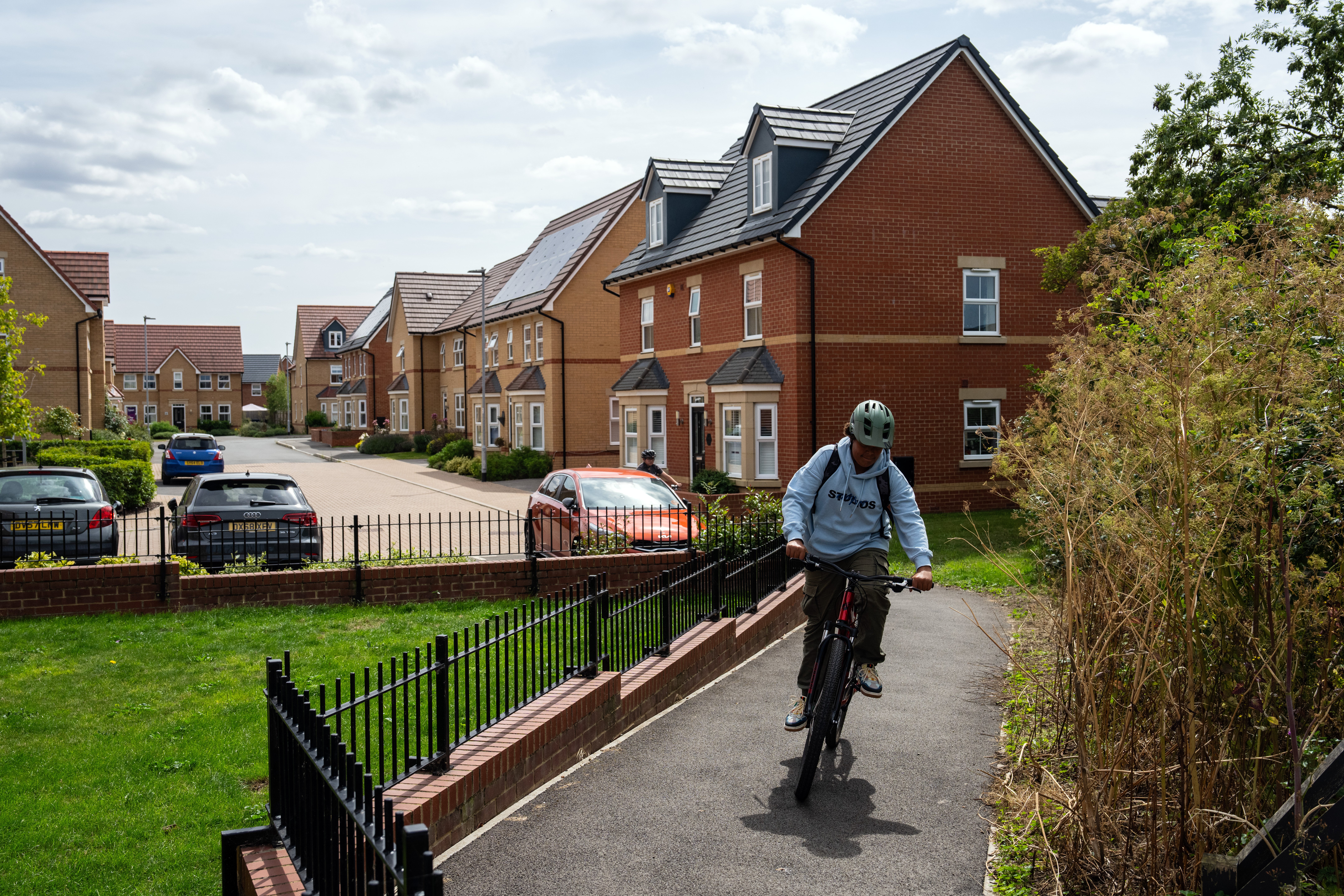ARTICLE AD BOX
UK house sales surged in March as buyers raced to secure purchases before the stamp duty holiday changes came into effect.
A staggering 177,370 sales were completed, marking a 104 per cent increase compared to March 2024, according to HM Revenue and Customs (HMRC). This figure also represents a significant 62 per cent jump from February 2025's 109,700 sales.
The surge in activity was driven by the impending reduction in stamp duty discounts. Stamp duty applies in England and Northern Ireland.
The report said: "On April 1 2025, the nil-rate threshold, which had been £250,000, returned to the previous level of £125,000.
"The nil-rate threshold, which for first-time buyers, which was £425,000, returned to £300,000. The March transactions probably increased to take advantage of the higher thresholds that month, before the thresholds were reduced."
The figures were released as Nationwide Building Society reported the annual rate of house price growth slowed to 3.4 per cent in April, from 3.9 per cent in March, taking the average property value in April to £270,752. Nationwide said house prices fell by 0.6 per cent month-on-month.

Andrew Montlake, chief executive at Coreco, said: “The stamp duty deadline put a rocket under transaction levels, based on this data. This is no surprise as the prospect of saving potentially thousands of pounds focuses the mind. The problem is the cliff-edge these fiscal initiatives can create.
“Only this morning, for example, the Nationwide revealed house prices fell in April, likely as a result of demand dropping. Looking forward, though, expect transaction levels to remain robust as lenders are proving aggressive at the moment in what is increasingly looking like a rate war as they seek to build their market share.
“It’s looking like a positive summer for the property market right now.”
Some mortgage lenders have introduced more sub-4 per cent mortgage rates in recent days, amid wider mortgage rate cuts.
Yorkshire Building Society announced on Wednesday it is updating its affordability assessments, enabling mortgage borrowers to potentially borrow higher amounts.
The Society’s affordability assessment model will be used for all new lending. The changes will also apply to its intermediary-only lending arm, Accord Mortgages.
Similar moves have also been made recently by other lenders.

Tom Bill, head of UK residential research at Knight Frank, said: “While we should see a lull in April, tariff turbulence has put slight downwards pressure on mortgage rates as economic slowdown risks have grown, which will support demand over the next several months.
“The risk is that inflationary pressures creep back into the system for reasons that include recent employer tax changes, which could mean the Bank of England slows the pace of rate cuts. Together with renewed speculation ahead of the autumn Budget, it could curb activity after the summer.”
Karen Noye, a mortgage expert at wealth manager Quilter, said: “With (stamp duty) thresholds reverting in April, buyers scrambled to complete purchases before facing higher tax bills. It’s no coincidence that residential transactions jumped over 60 per centcompared to February as many were racing against the clock to get deals over the line.
“But this morning’s latest Nationwide figures show the true ramifications of the stamp duty changes as it showed a 0.6 per cent fall in property prices in April.
“These figures reflect a market adjusting to life after the stamp duty change. Given the time it typically takes to complete a property purchase, the vast majority of transactions benefiting from the old rates were agreed earlier in the year.”
A Treasury spokesperson said: “We are taking decisive action to deliver 1.5 million homes as part of our plan for change, including a £2 billion boost to the affordable homes programme, introducing a permanent and comprehensive mortgage guarantee, and our planning reforms will deliver an additional 170,000 homes by 2029/30.
“Thanks to measures taken at the Budget, there will also be an additional 130,000 transactions over the next five years by first-time buyers and others buying a primary residence.”









 English (US) ·
English (US) ·